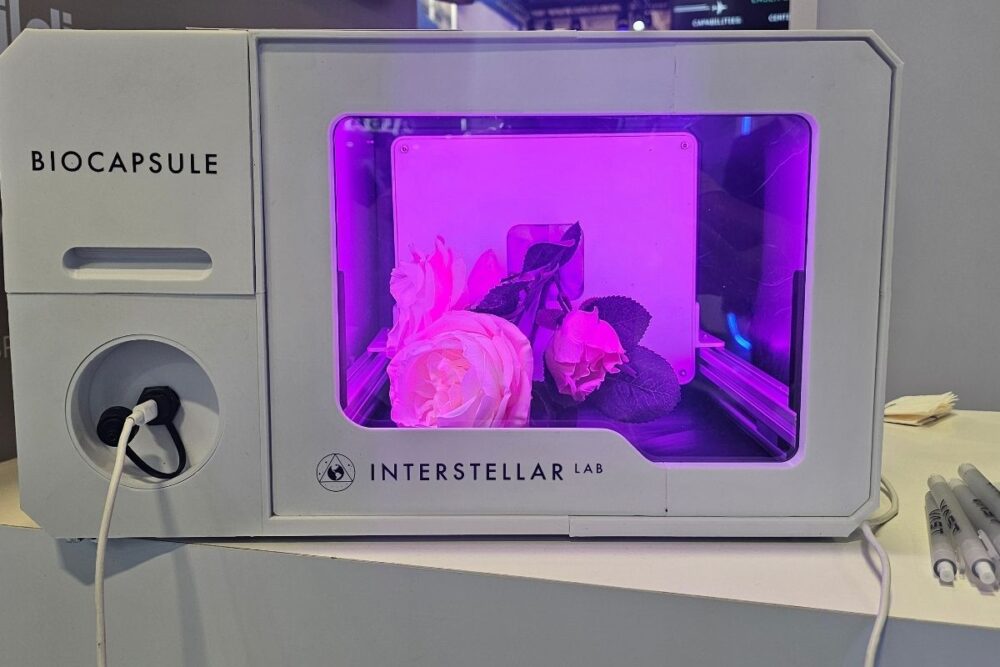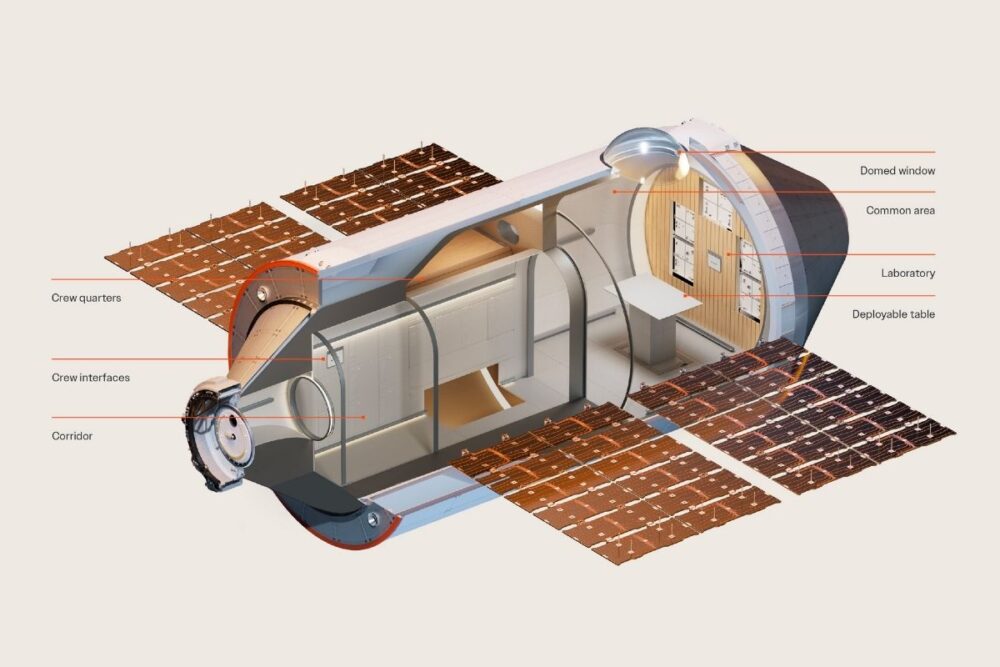The retirement of the International Space Station (ISS) by 2030 is triggering a shift toward commercial low‑Earth orbit (LEO) platforms. Among the leaders racing to fill the gap is Vast, a California-based space company building what could become the first commercial space station, Haven‑1, with a launch slated as early as May 2026 aboard a SpaceX Falcon 9.
A Compact Station With Big Ambitions
In development for just four years, Vast has already in-sourced 80–90% of its station’s production and is currently conducting hardware testing in the Mojave Desert. According to a spokesperson we met during the Paris Air Show, the company is pursuing NASA’s Commercial LEO Destinations (CLD) initiative and aims to demonstrate a viable, modular alternative to the ISS—funded privately, but developed in close collaboration with NASA and ESA.
Haven‑1 is a single-module space station designed to support four astronauts for missions of up to 30 days, with 10-day scientific operations and additional time allocated for travel. It will be launched as a self-contained unit, with approximately 80 m³ of habitable volume, a docking port compatible with SpaceX’s Crew Dragon, 1,000 W of power, and capacity for 150 kg of pre-loaded cargo.
Its built-in Haven‑1 Lab features ten dedicated payload slots (30 kg/100 W each), allowing researchers to carry out experiments in microgravity. Partner organizations like Interstellar Lab have already signed on to run biological and agricultural payloads, such as plant growth experiments, which could pave the way for space-based life sciences innovation.
Laser-Speed Connectivity and Modern Comfort
Vast is outfitting Haven‑1 with a Starlink laser terminal, delivering high-speed, low-latency broadband. This will be essential for real-time scientific data transmission, ground communication, and potential public outreach or education.
Beyond functionality, the company is also investing in astronaut well-being. Haven‑1 includes private sleeping quarters, exercise systems, and a large dome window for Earth observation—offering both emotional comfort and visual inspiration. Interiors aim to replicate the aesthetics of a high-end environment, not just a sterile lab.
From Demo to Destination – A Modular Vision
Haven‑1 is not the end goal. Rather, it’s a first step toward a multi-module orbital complex called Haven‑2, which will be launched aboard Starship starting in 2028. This follow-up platform will feature a 7-meter core module and additional 5-meter modules, eventually accommodating up to 12 astronauts.
Crucially, all station modules will share the same core architecture. This design philosophy allows Vast to iterate quickly and reduce development costs while maintaining quality and scalability. The modularity also opens the door to more flexible mission planning and specialized research environments.
NASA, ESA, and Commercial Partnerships
Vast’s strategy is “demonstrate first, scale later.” Its early mover advantage—launching ahead of other CLD competitors—may help secure NASA contracts in 2026. The company currently holds an unfunded Space Act Agreement with NASA and is negotiating further involvement under CLD.
Although the project is privately backed, Vast maintains a growing network of strategic partners:
- SpaceX: Launch provider and docking system integrator
- Starlink: Satellite broadband provider
- Redwire, Yuri Gravity, JAMSS, Exobiosphere, Interstellar Lab: Payload customers and research collaborators
- ESA: A Memorandum of Understanding (MoU) hints at transatlantic cooperation with Europe
Redefining Low-Earth Orbit’s Future
Unlike the ISS, which has largely focused on foundational research, Vast wants to commercialize low-Earth orbit. The station is designed to support not only science, but also pharmaceutical and materials R&D, in-orbit manufacturing, and even private astronaut tourism.
According to a Vast spokesperson:
“Thousands of experiments have been conducted aboard the ISS, but they haven’t been commercialized. We want to break that bottleneck. Haven‑1 is a platform for real scientific application with terrestrial benefits.”
Haven‑1 also serves as a proof-of-concept. Its success would bolster Vast’s long-term goal: building out a sovereign space station ecosystem that can serve both national agencies and commercial users—from space agencies to startups.
A Launchpad for Commercial Space Infrastructure
The global transition away from government-led orbital outposts is no longer theoretical. Vast’s Haven‑1 could redefine how we think about access to space—no longer a shared government asset, but a service offered by a commercial operator.
Whether or not Vast secures NASA’s CLD contract, its timeline, partnerships, and capabilities already position it as a key player in the next era of space stations.










![Image [Buying Guide] How to Choose the Right Protection Gloves?](/wp-content/uploads/sites/3/Gloves-1-320x213.jpg)
